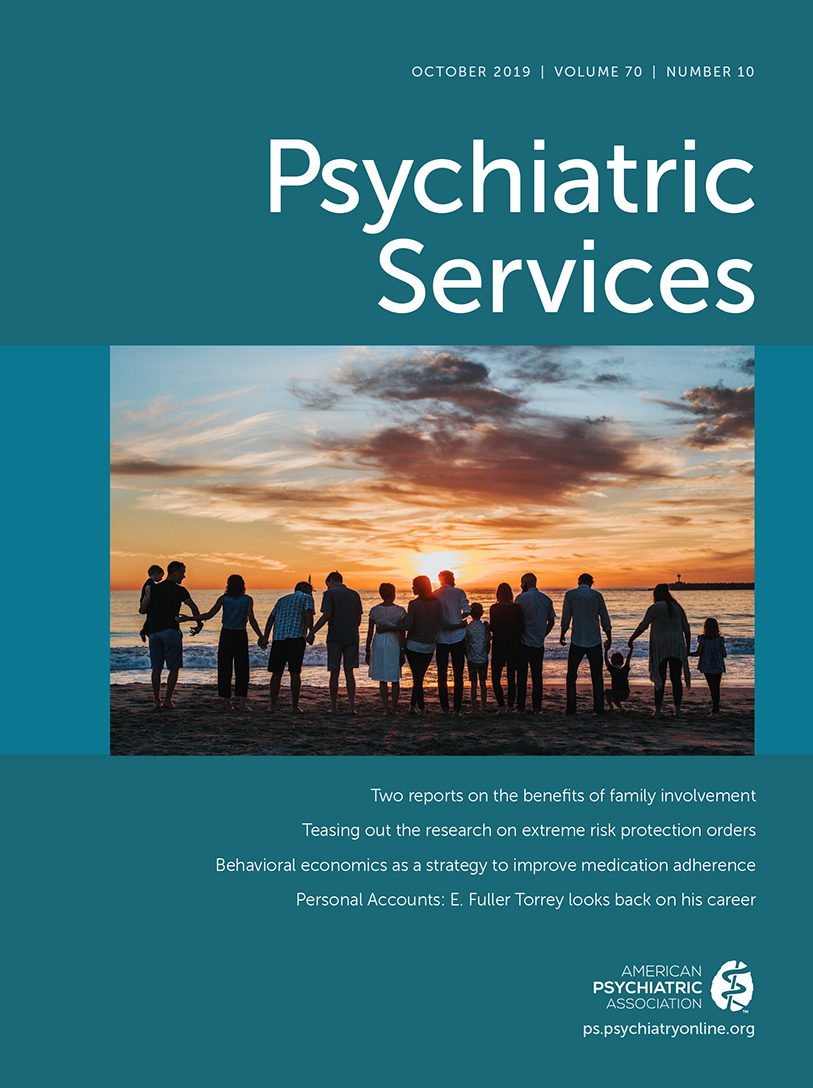Abstract
Objective:
Although there is significant need for mental health care among service members, stigma surrounding these services, along with myths associated with behavioral health treatment, discourages care seeking. This study evaluated the effect of a video designed to demystify mental health treatment on barriers to seeking care among military personnel.
Methods:
Participants were 294 active duty U.S. Marine Corps personnel who were randomly assigned to the intervention video only, the intervention video with discussion, or an attentional control video. Participants completed questionnaires that assessed social stigma regarding mental health treatment and willingness to seek help at pretest, posttest, and 6-week follow-up; personal desire for mental health care was assessed at pretest and 6-week follow-up.
Results:
Participants who viewed the intervention video in either condition showed significant and similar decreases in social stigma and increases in willingness to seek help at posttest (p<.001), whereas participants in the control group showed no change at posttest in either variable. Although social stigma did not differ by intervention group at the 6-week follow-up, participants in either intervention were 2.56 times more likely than participants in the control group to report a personal desire for mental health care at the 6-week follow-up (p=.05). There were no significant differences between the two interventions on the main outcomes.
Conclusions:
A video in which mental health care providers explain the treatment process may be effective as an initial stand-alone social stigma reduction intervention. Additional efforts are likely needed to sustain effects and to realize increases in help-seeking behavior.



